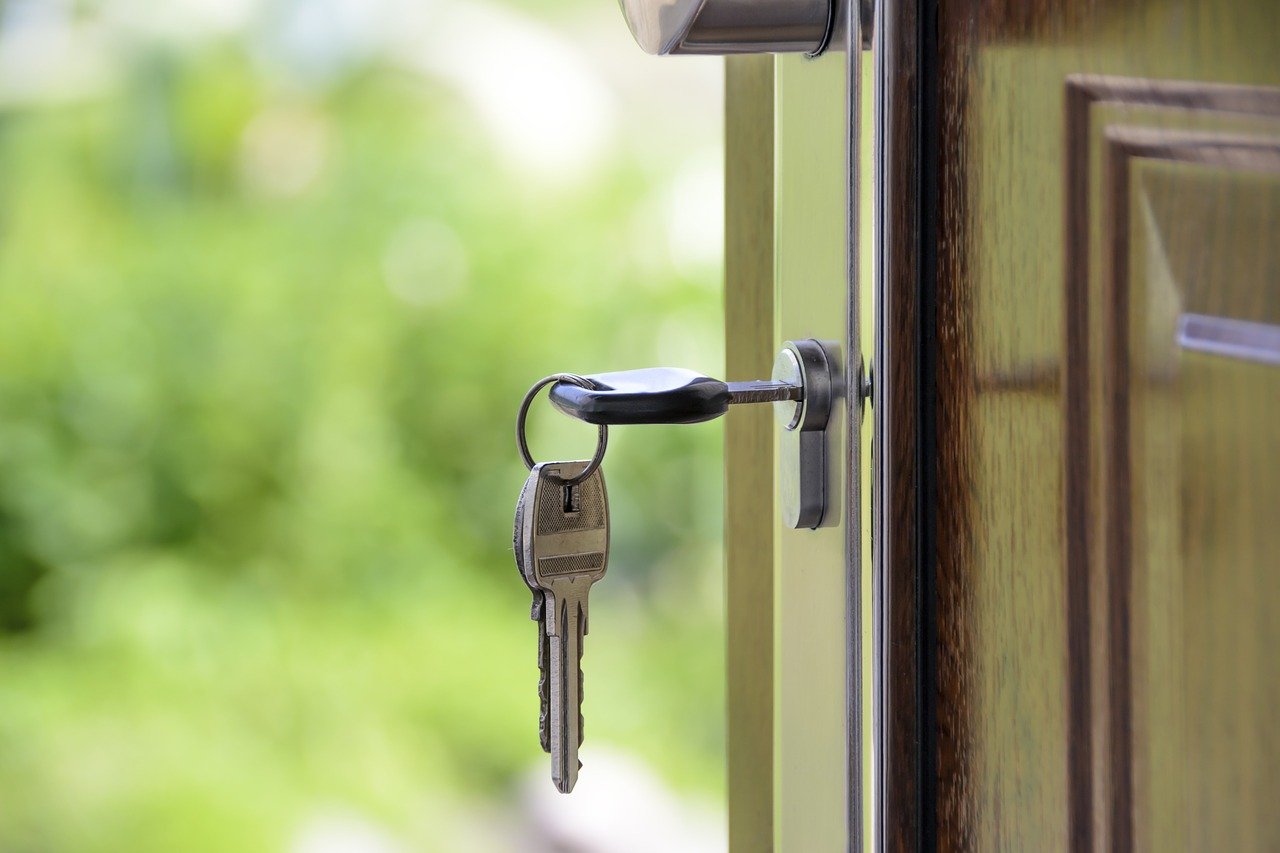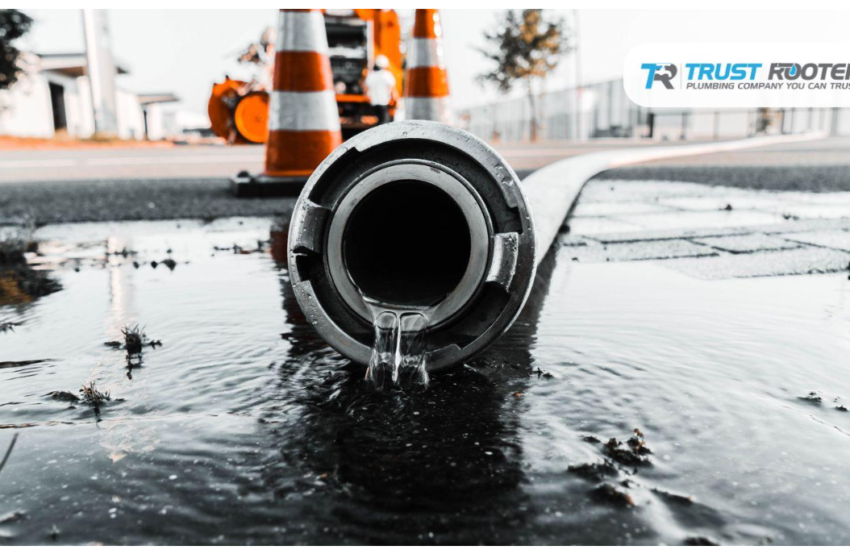Buying Your First House: What You Need To Know
Every statistical study about first-time homebuyers shows that, on average, the age of people taking that first step is on the increase. The numbers vary depending on who you ask but, where it used to be relatively common to buy a first home when you were in your twenties, the present-day average puts people in their mid-thirties. That’s something that’s likely to rise, too, as the average cost of a house is rising faster than the average salary, meaning people will need to save for longer to be able to make that leap.
While there are drawbacks to this development – you’re really not going to get back a penny of the money you have spent on renting in the meantime – there are at least some advantages, and the chief one would be that when you come to move into that first property, you’ll hopefully have had long enough to figure out what steps to take, and what not to do. Below are three rules you’ll want to stick to when it comes to making the leap…
Do what you can to raise your credit score
If you have enough money to buy your first house outright, then congratulations, and you probably don’t need much advice from anyone else on making your decision count. For everyone else, a mortgage is essential, and so it is vital that you understand the fundamentals of mortgages from start to finish. One key factor is your credit score – the higher it is, the greater your borrowing power and freedom of choice in the lending market. So get to grips with your credit rating: pay off debts early, dispute any black marks you deem unjust, and use credit smartly – for example, even if you can afford to pay cash for something, use credit and immediately pay it off. Responsible utilization will raise your score.
Be realistic about what you need to borrow
Although it is nice to be able to borrow more than you need, that doesn’t mean that you should. Your borrowing power might enable you to fund a purchase on a six-bedroom home in the suburbs – but do you need that many rooms, and that location? The more you borrow, the more you’ll have to pay back, and the more restricted you’ll be in your choices once you’ve moved in. On the other hand, don’t borrow too little. You need to pay for the house, and you’ll need to consider any immediate improvements or modifications you want to make – and mortgage repayment terms are always more generous than a standard loan or credit card.
Don’t buy a “fixer-upper” first time out
Real estate-based reality TV shows and hustle culture have led to a romanticization of buying a home and then fixing it up. However, buying a fixer-upper and making it work is complicated. Minor faults that seem easy to fix can actually just be an outward symptom of a much bigger fault. Repairing one thing can reveal another that will take much longer, and cost much more, to remedy. As a first-time buyer, you don’t need to be learning all of the ways in which a house can cost you money. If you want to save on the purchase, consider a less expensive area or a slightly smaller property – and keep the fixer-upper idea for your next purchase, when you’ve got more equity behind you.


